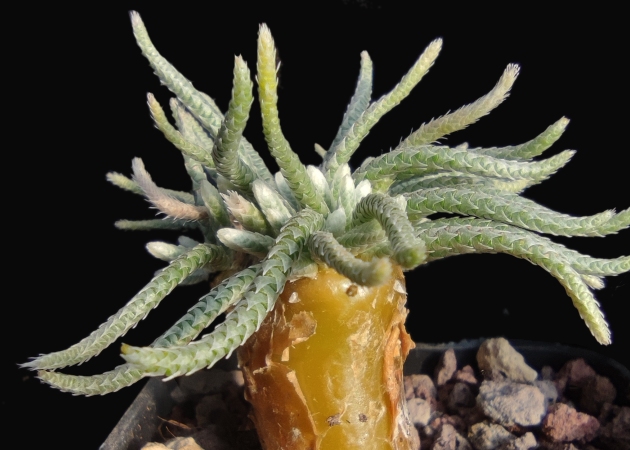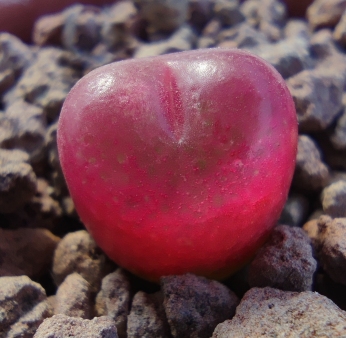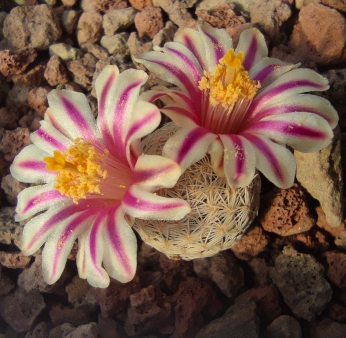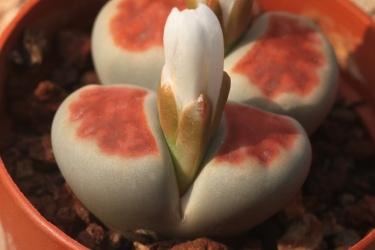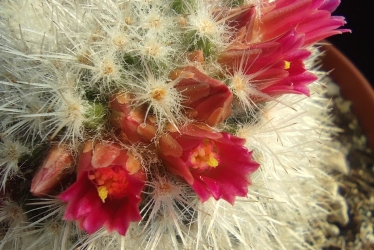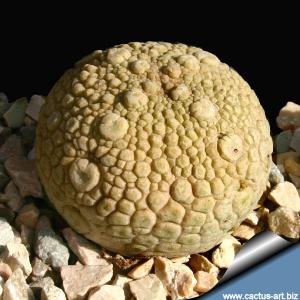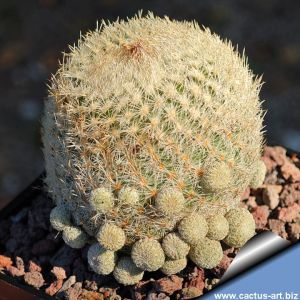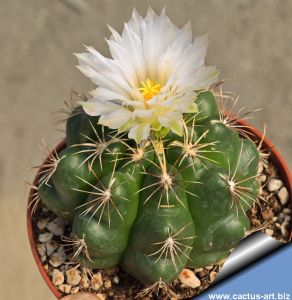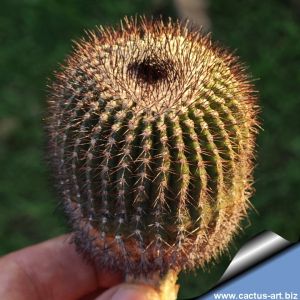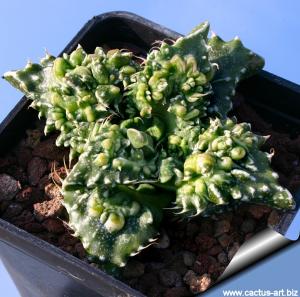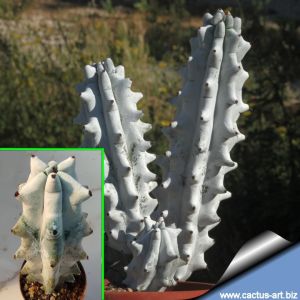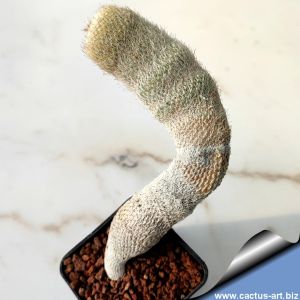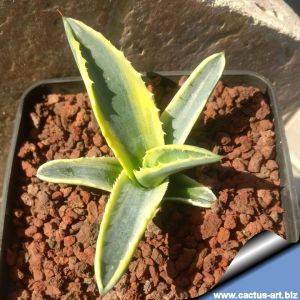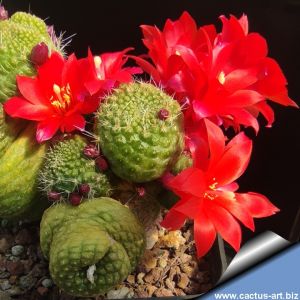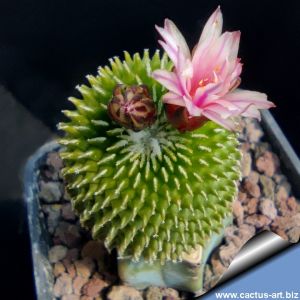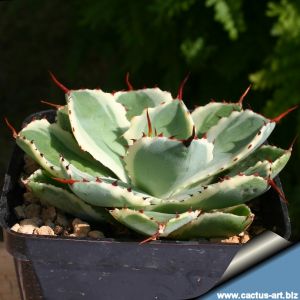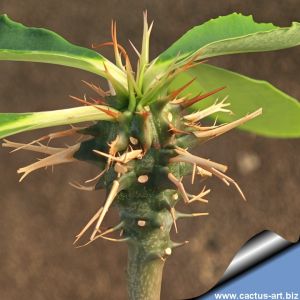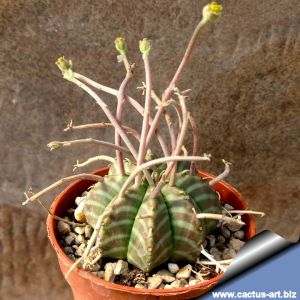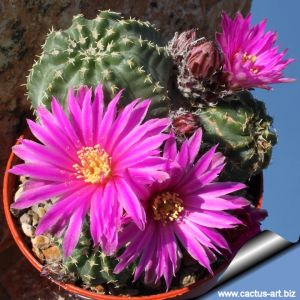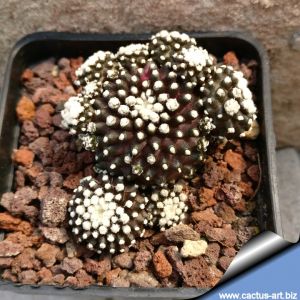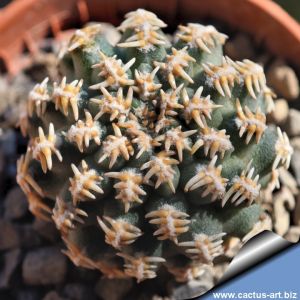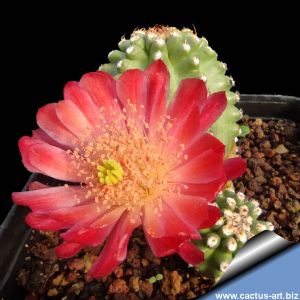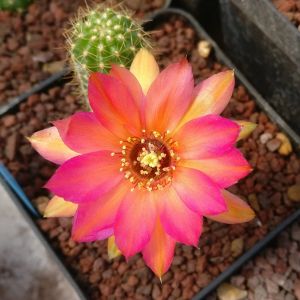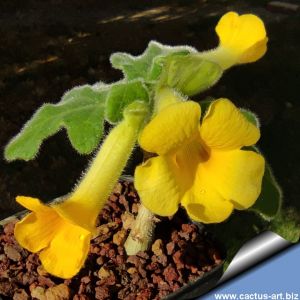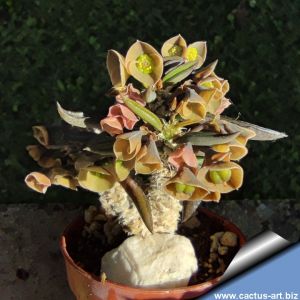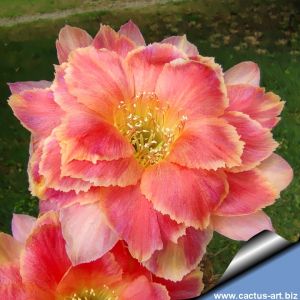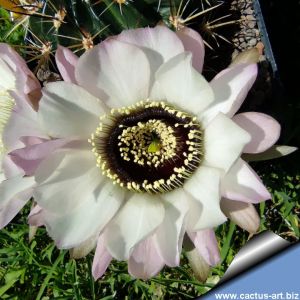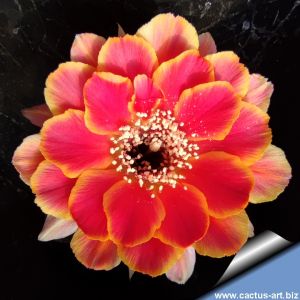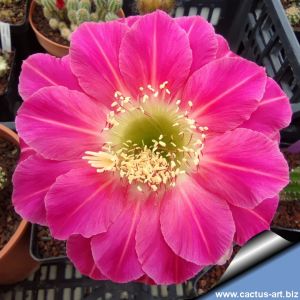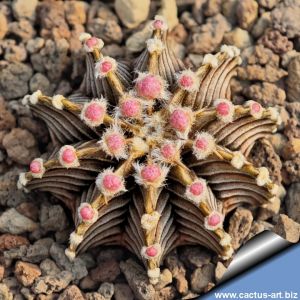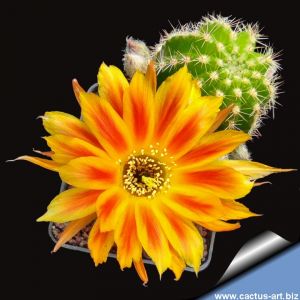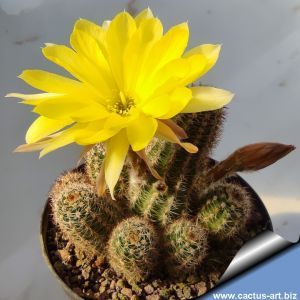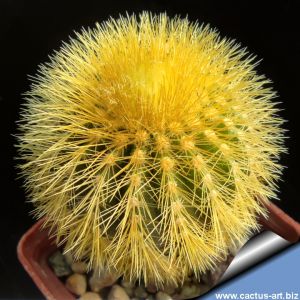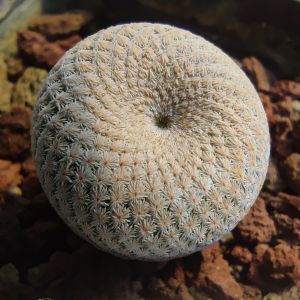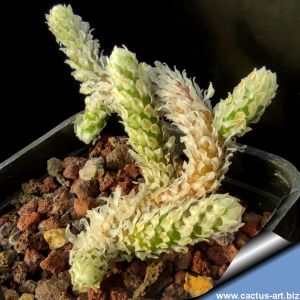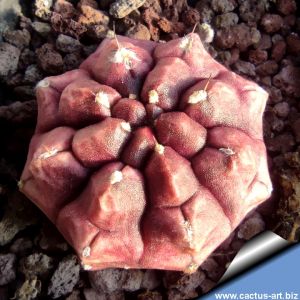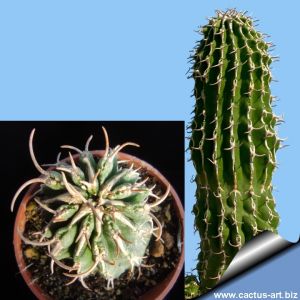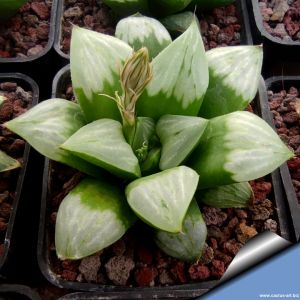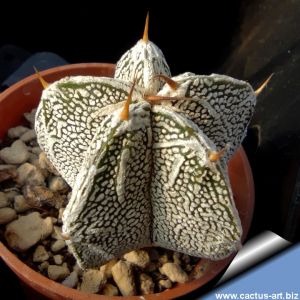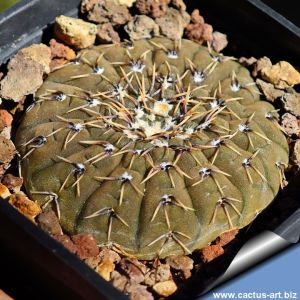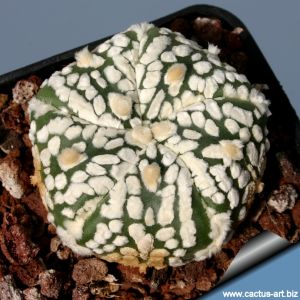-
x
Home page catalogue.
-
1Price:€16.50
-
2Price:€30.00
-
3Price:€18.00
-
4Price:€25.00
-
5Price:€5.40
-
6Price:€25.00
-
7Price:€22.50
-
8Price:€19.90
-
9Price:€13.50
-
10Price:€24.30
-
11Price:€22.50
-
12Price:€12.00
-
13Price:€13.50
-
14Price:€9.90
-
15Price:€12.00
-
16Price:€12.00
-
17Price:€18.90
-
18Price:€5.50
-
19Price:€12.00
-
20Price:€18.90
-
21Listing:€15.00Price:€7.50You Save:€7.50 (50%)
-
22Listing:€18.00Price:€15.84You Save:€2.16 (12%)
-
23Listing:€22.50Price:€19.80You Save:€2.70 (12%)
-
24Price:€23.00
-
25Price:€6.30
-
26Price:€14.00
-
27Price:€13.20
-
28Price:€18.00
-
29Price:€16.50
-
30Price:€5.70
-
31Price:€25.00
-
32Price:€26.99
-
33Price:€7.00
-
34Price:€16.50
-
35Price:€4.80
-
36Price:€12.00
Promotions
-
from 12 January 2026 to 18 January 2026Weekly Offer: Get a 12% discount on a wide range of cacti.
-
from 29 December 2025 to 31 January 2026MAKING ROOM FOR THE NEW: Final chance before our 2025 arrivals! SUCCULENTS & CACTI AT 50% OFF. Only in Genuary.
Mail-order sales of cacti and succulent plants.
Cactus Art is a small family-run nursery that produces and sells exclusively by mail order. The plants currently available are only those listed in our online catalogue.
SHIPPING: Estimated transit time is 3–4 business days across Europe. Depending on the season and the type of product purchased, the nursery may decide not to ship close to weekends to avoid prolonged storage in courier warehouses.
Orders are usually dispatched within 1–3 days after payment is received.
PACKAGING: All plants are shipped bare-root. One of the strengths of our nursery is the great care taken in packaging, using techniques specifically designed for this type of product.
INTERNATIONAL SHIPPING: Orders can be placed from any country, however at the moment we only guarantee delivery within the European Union.


